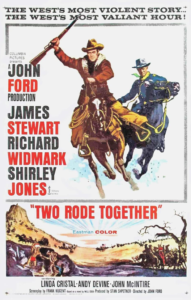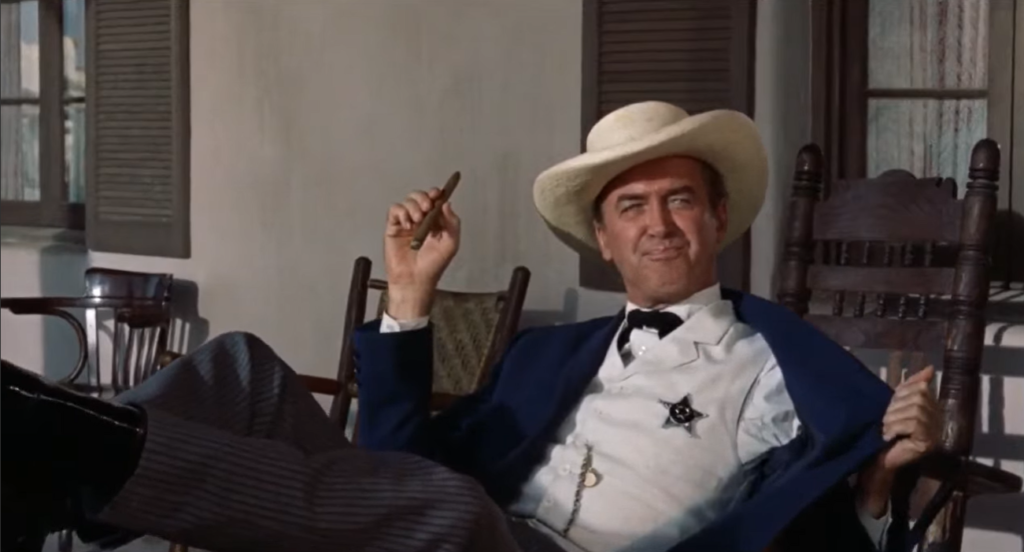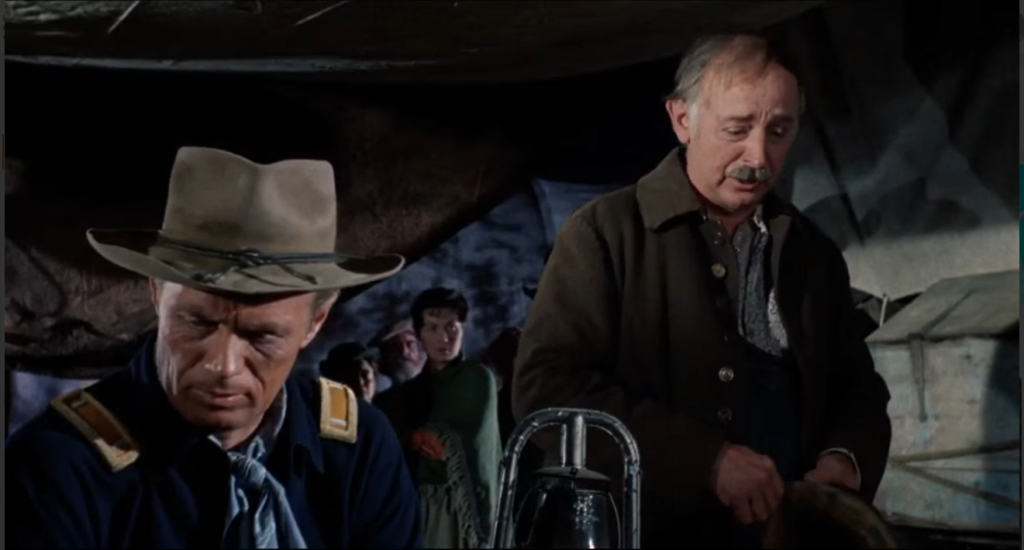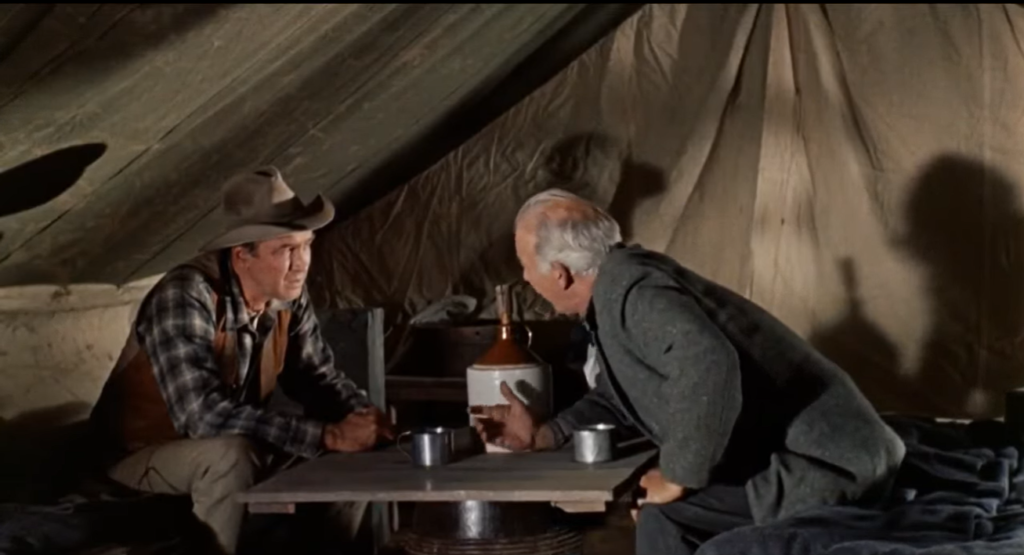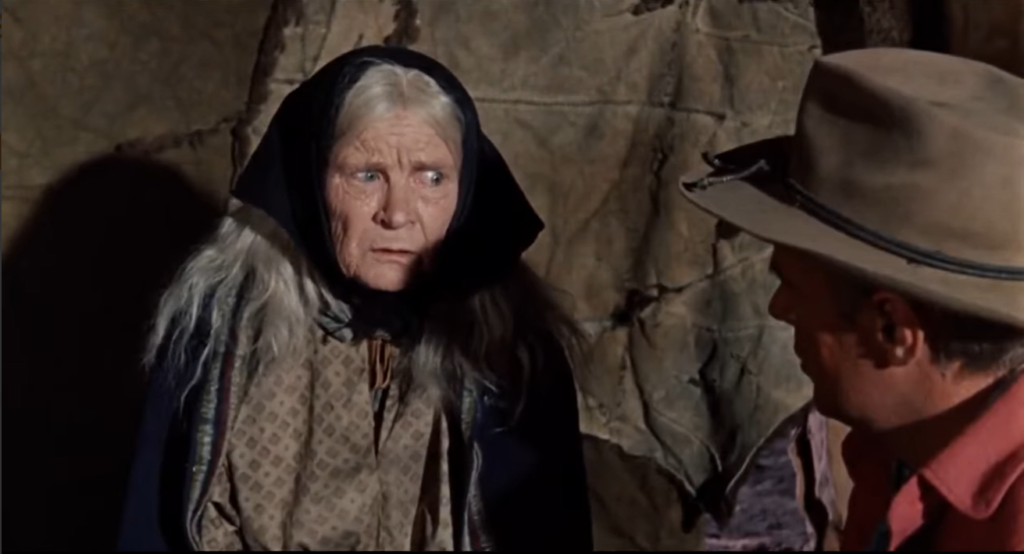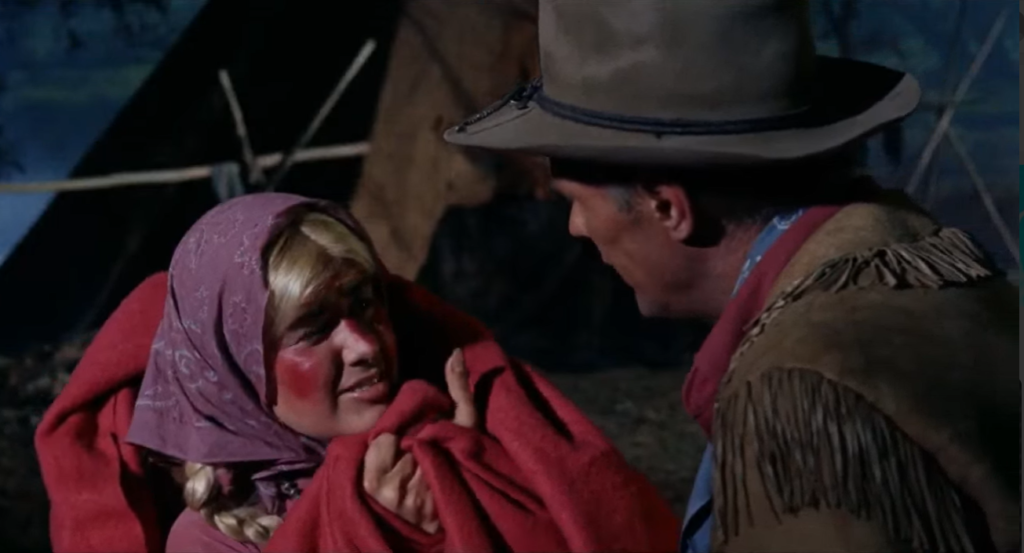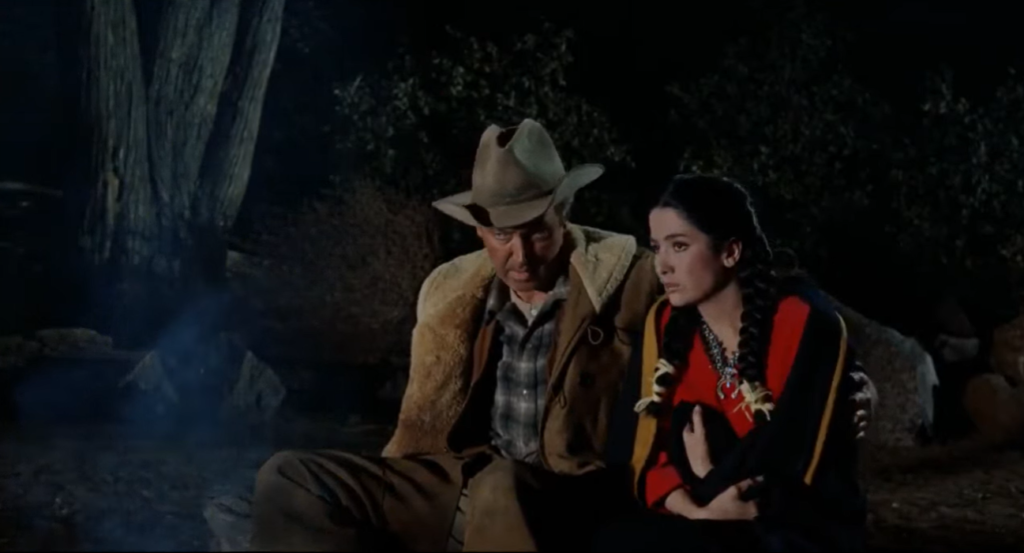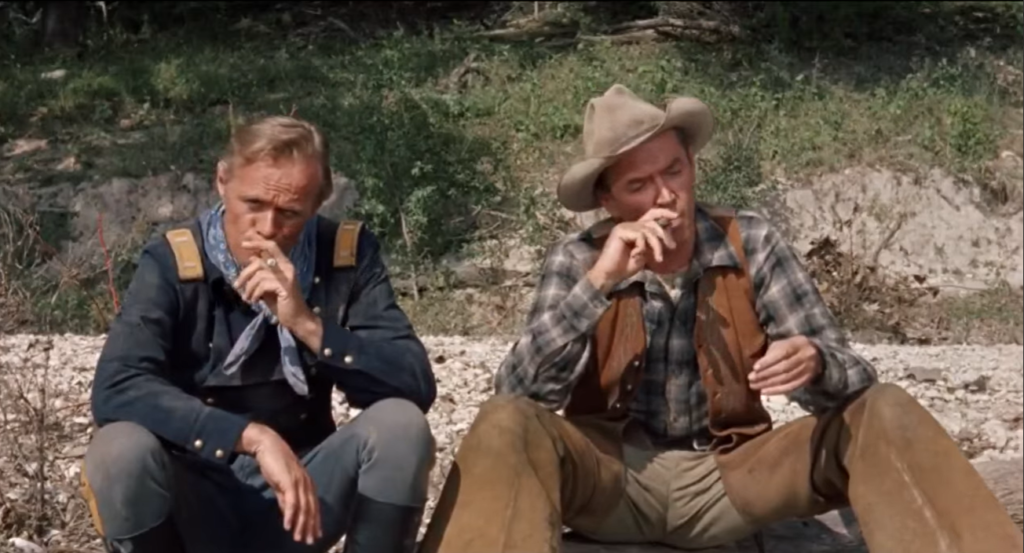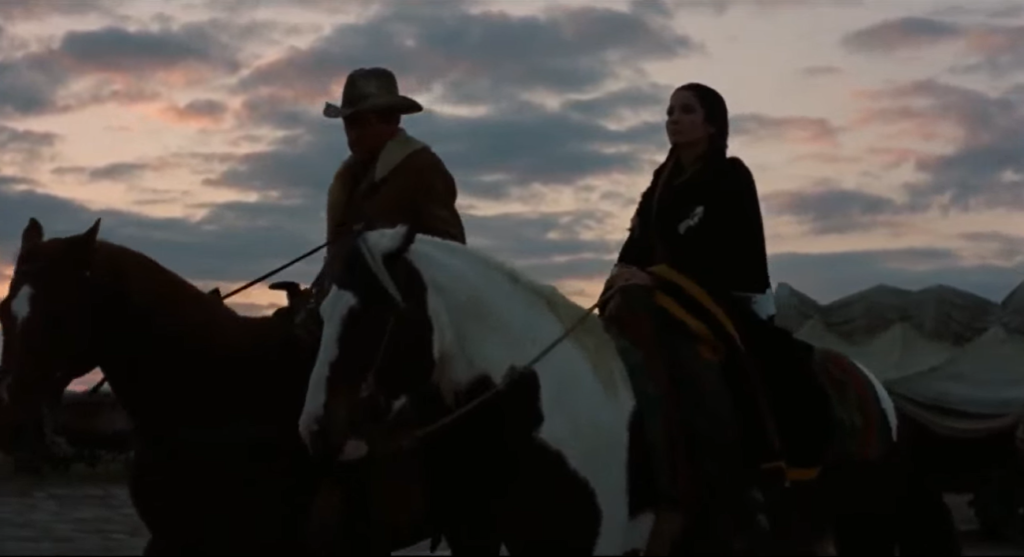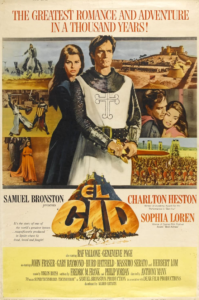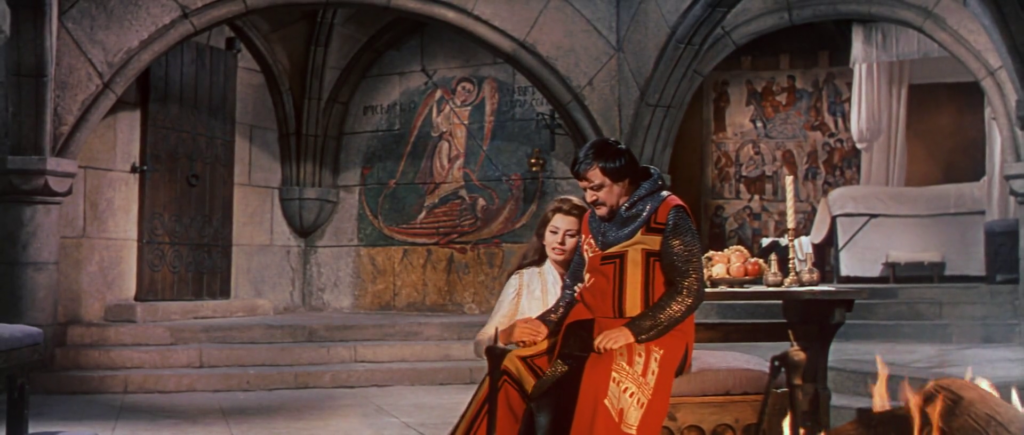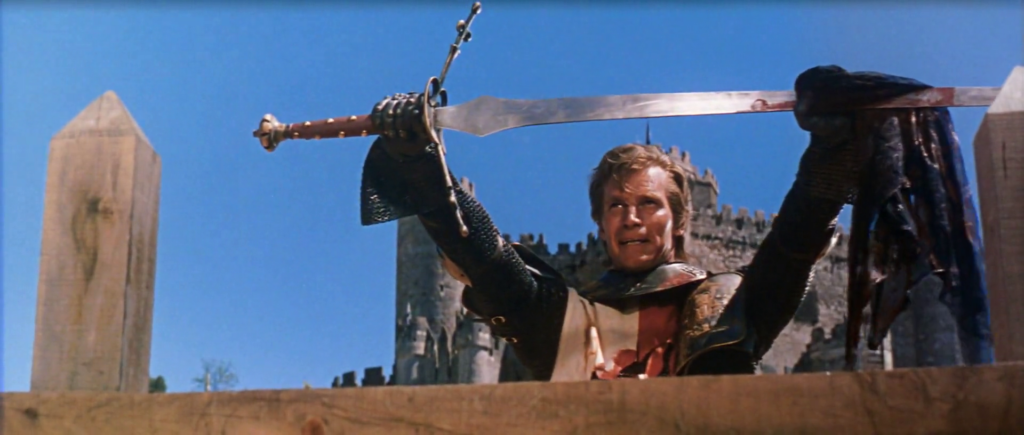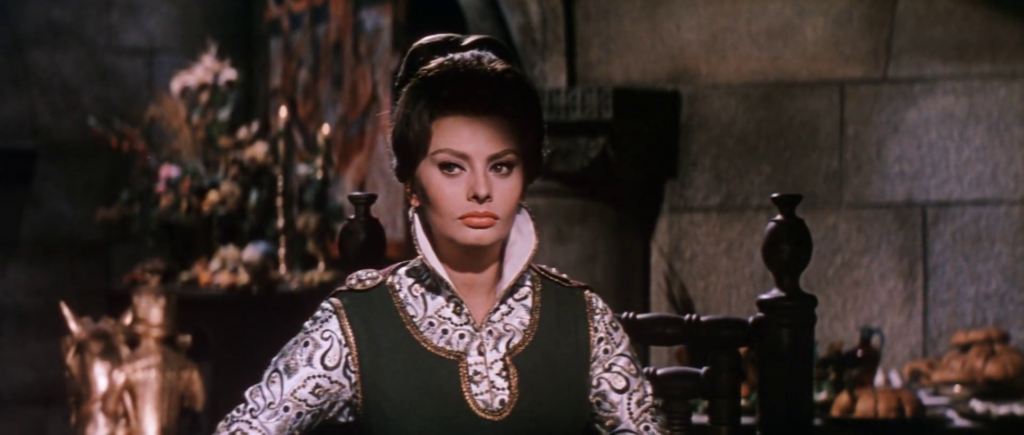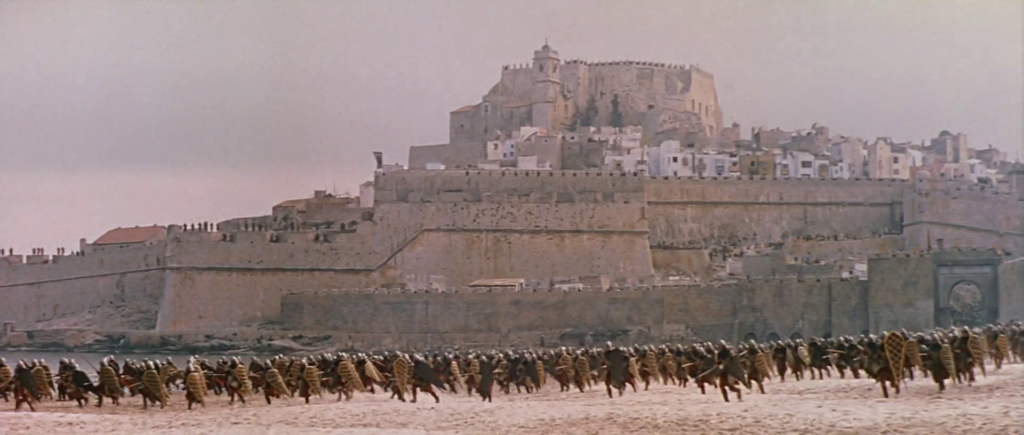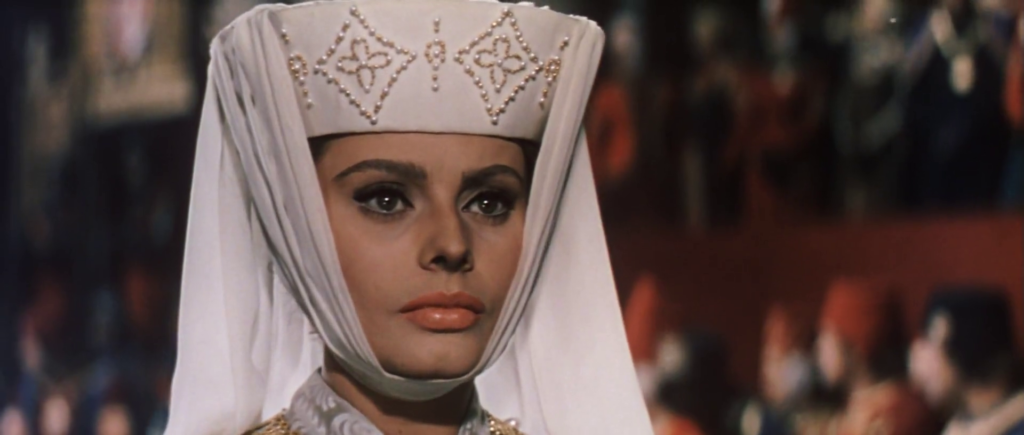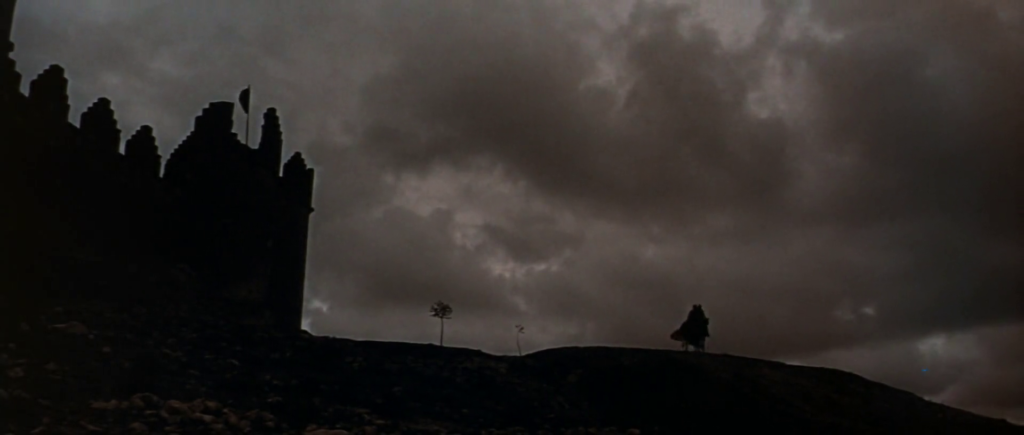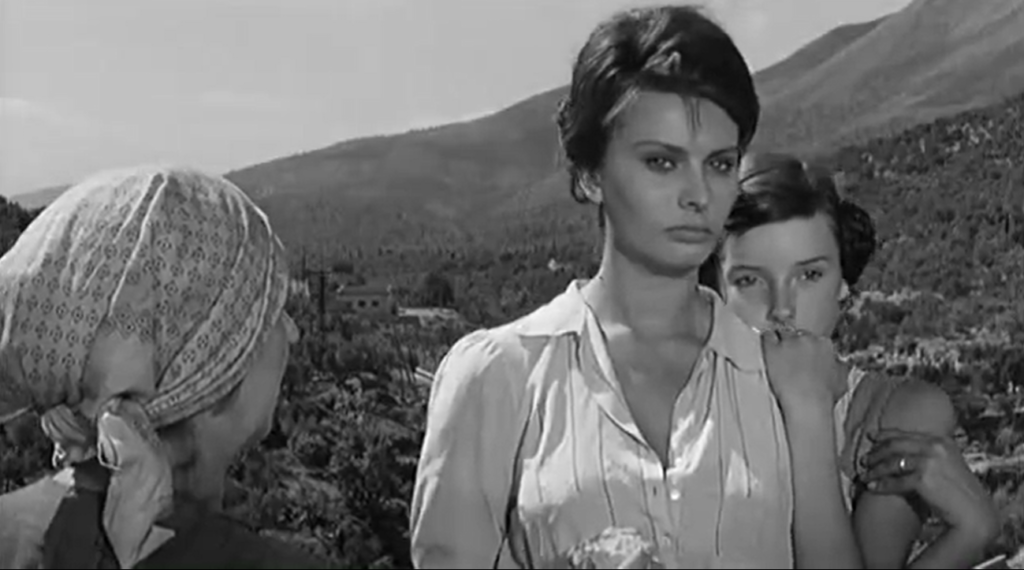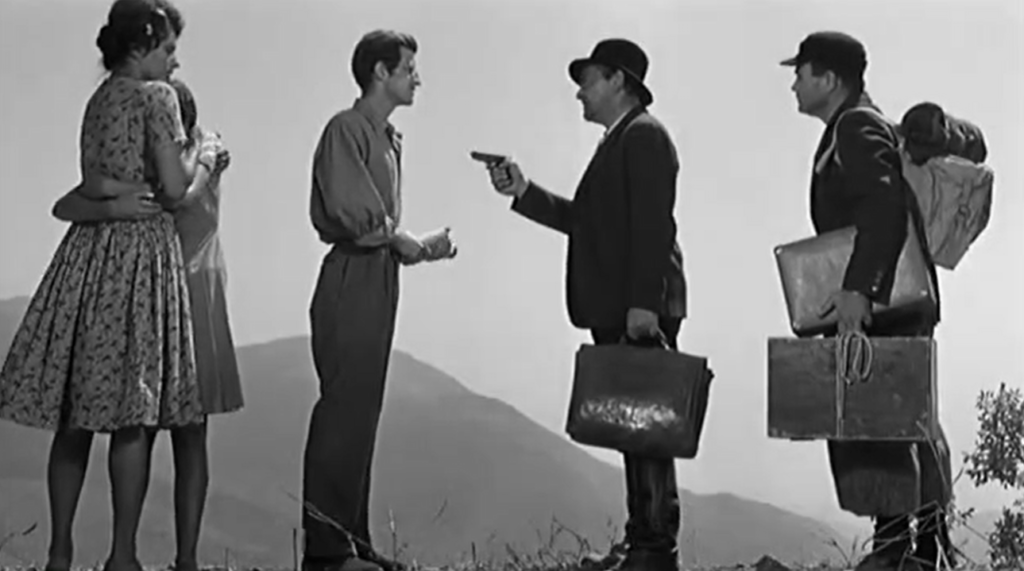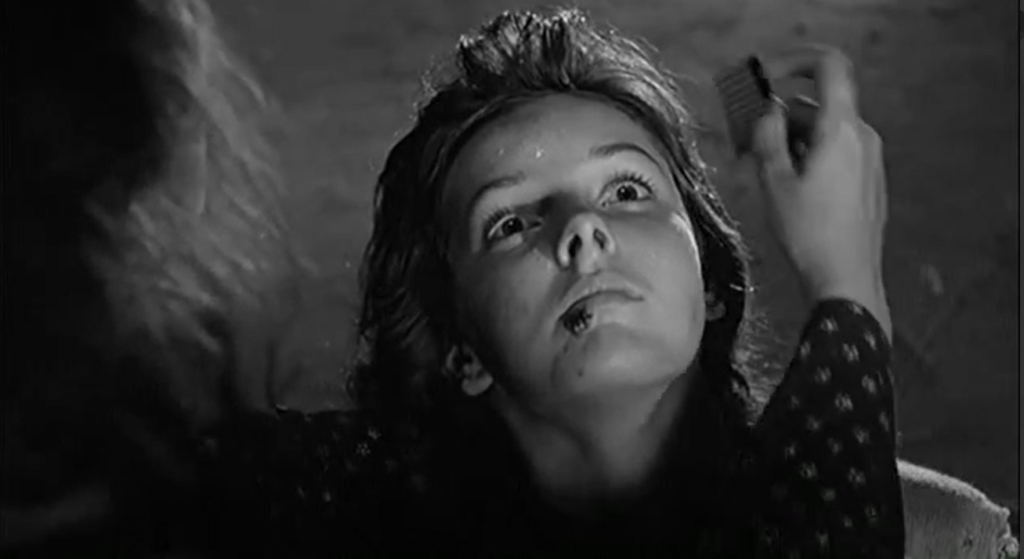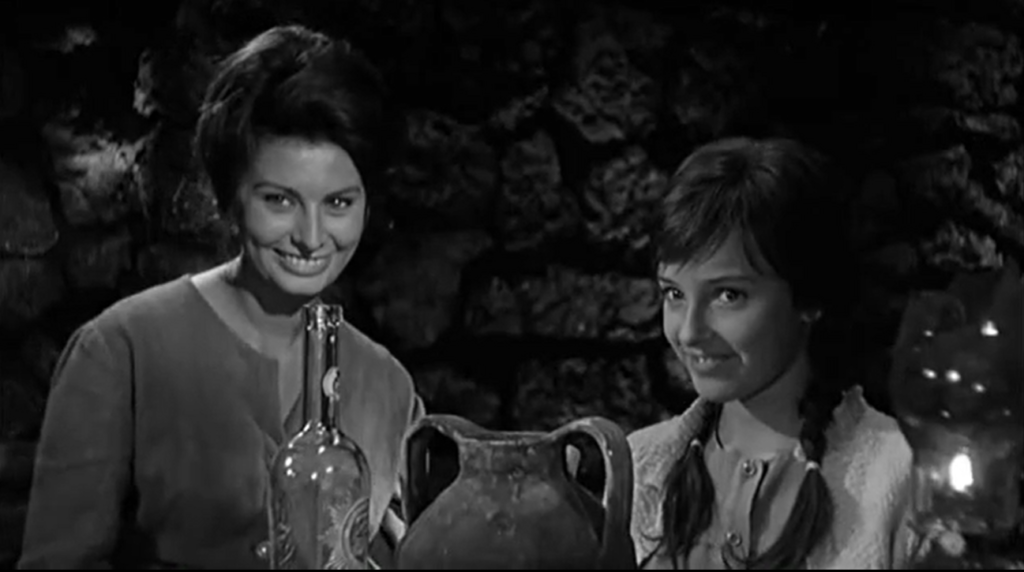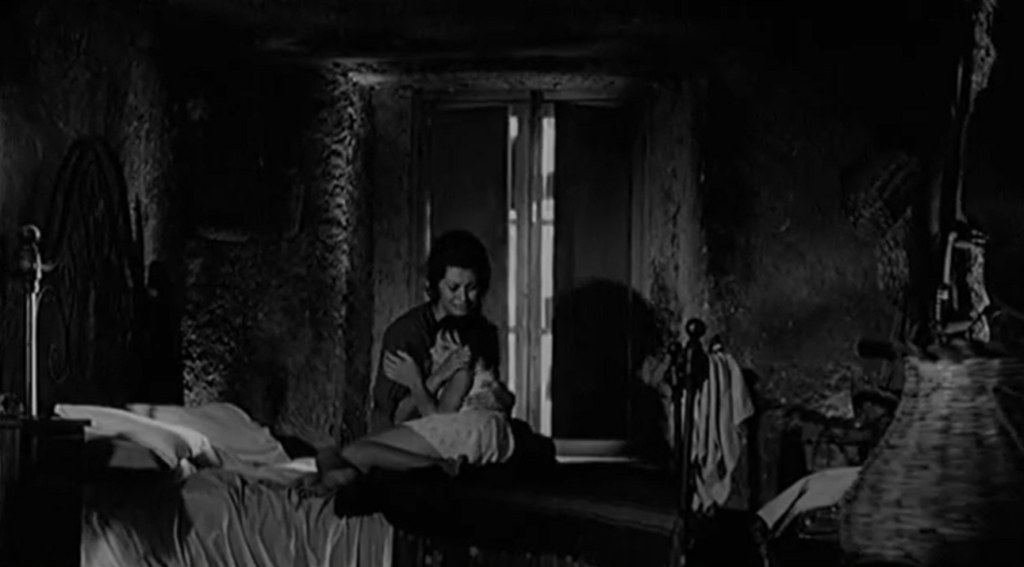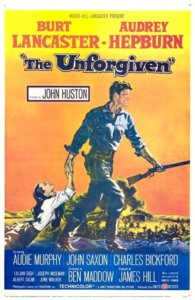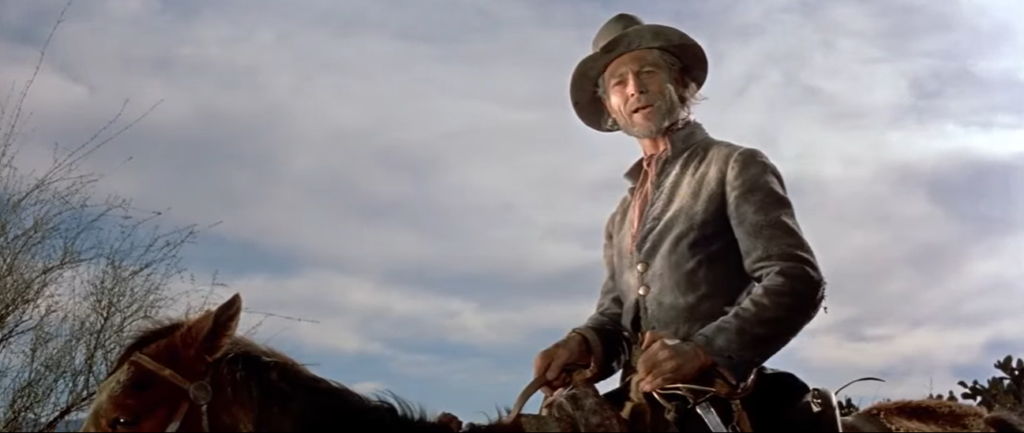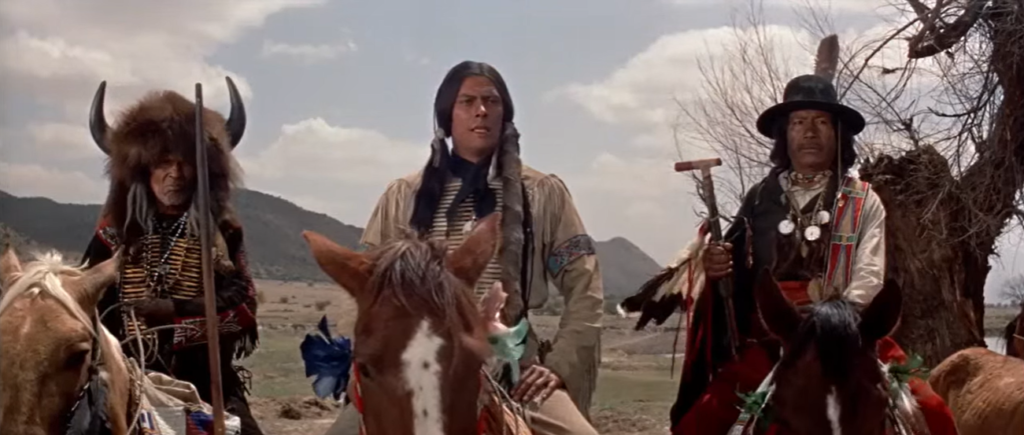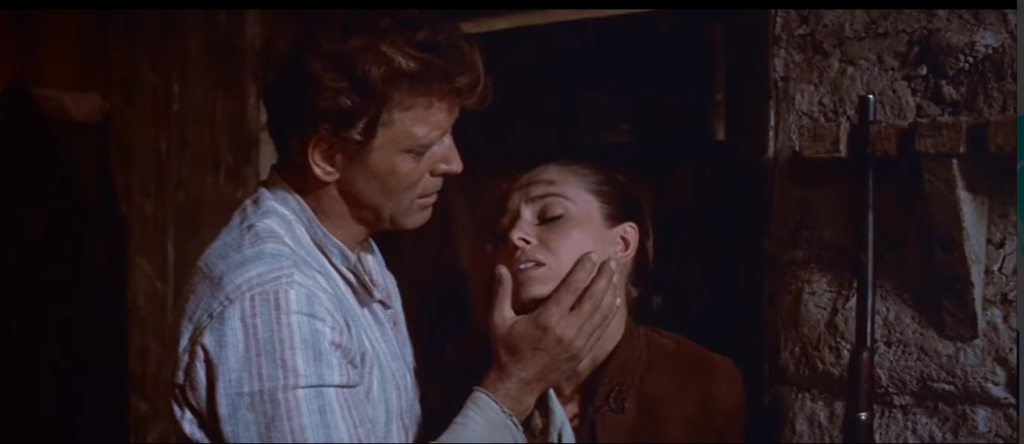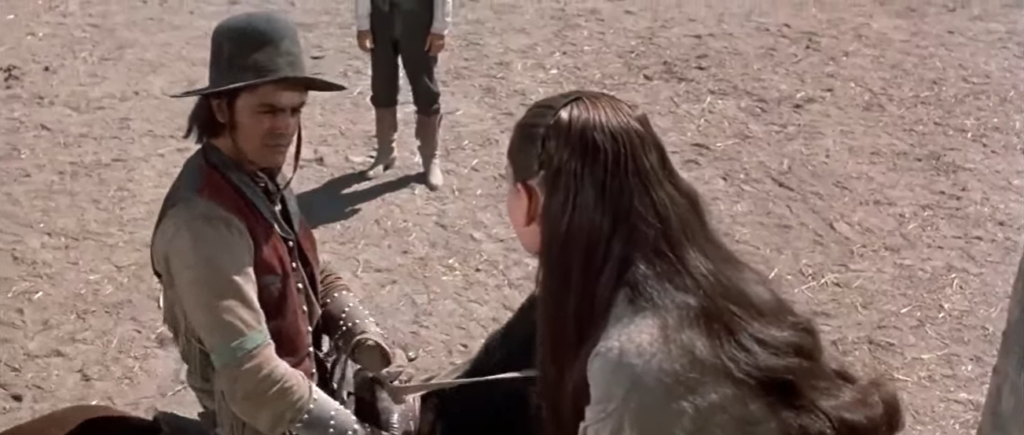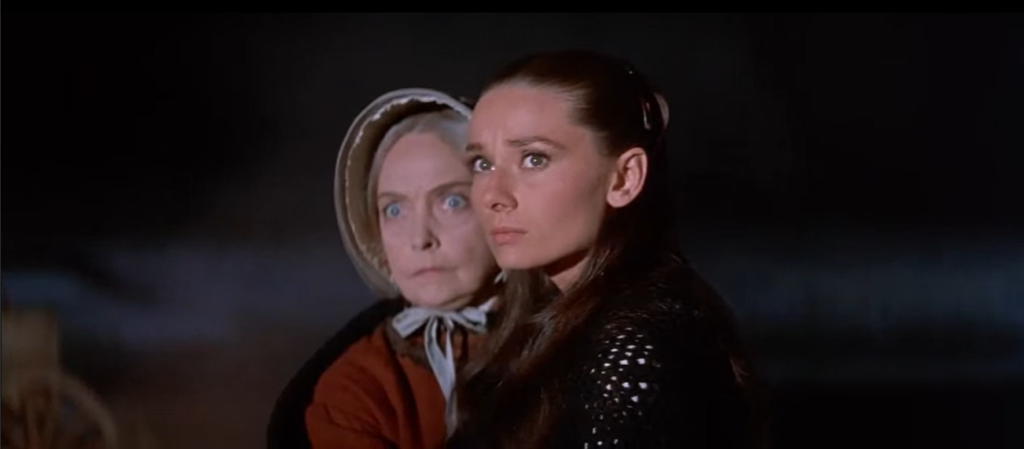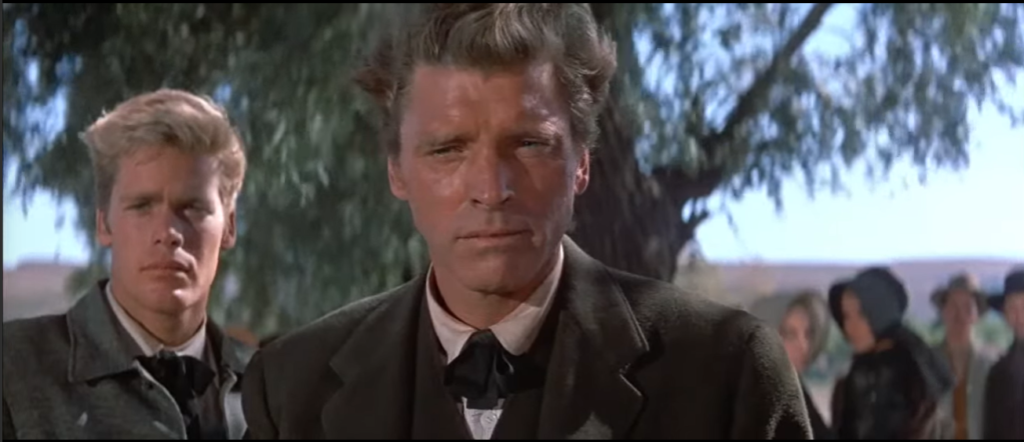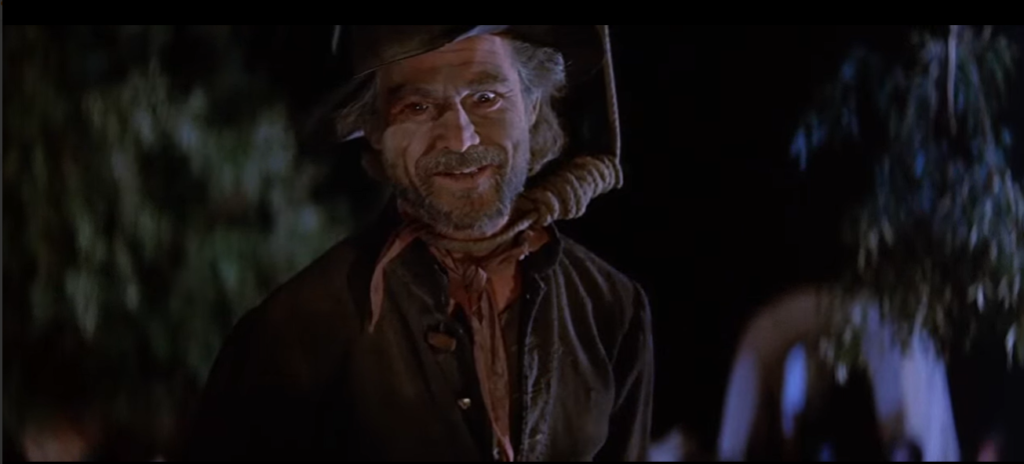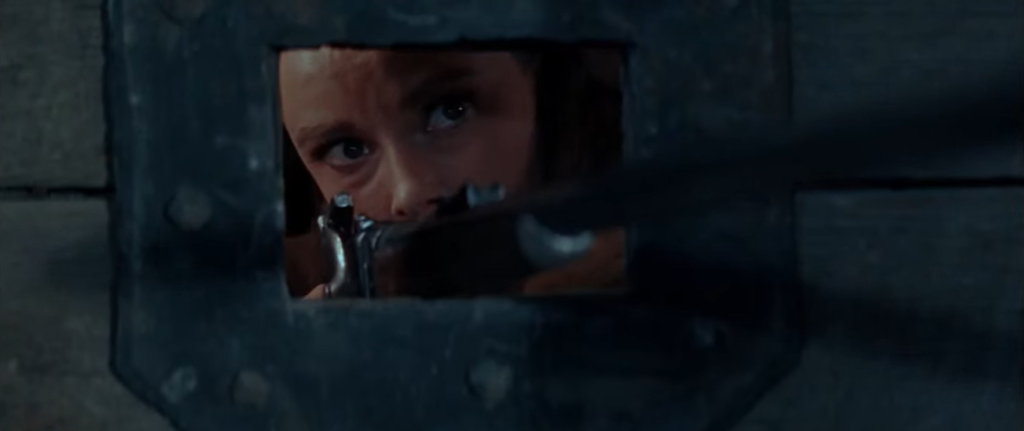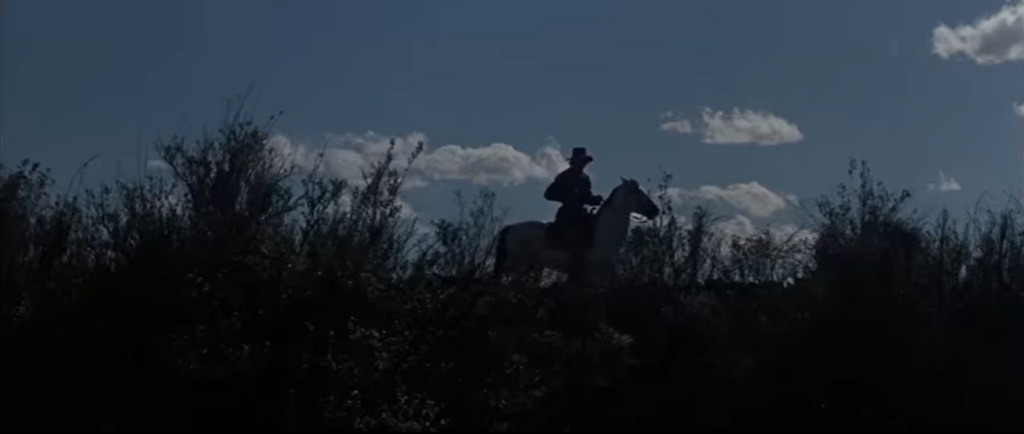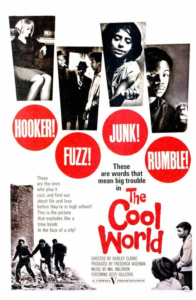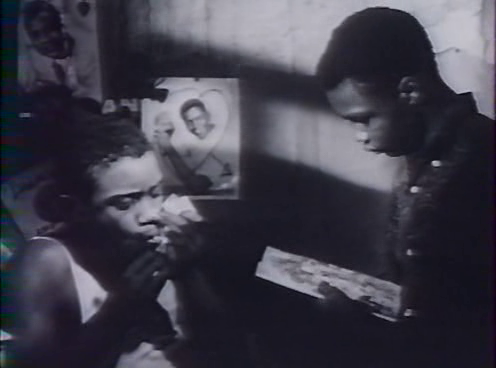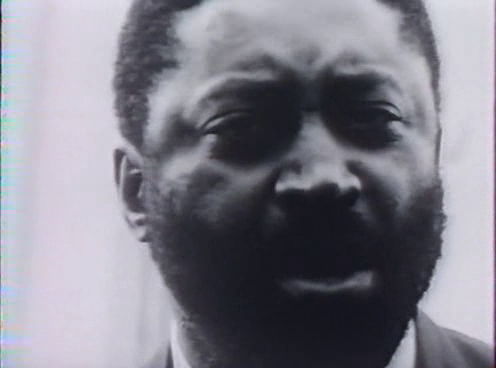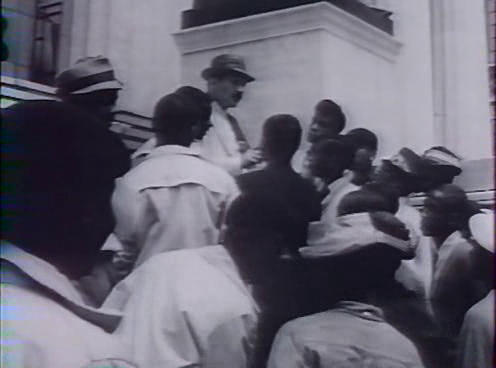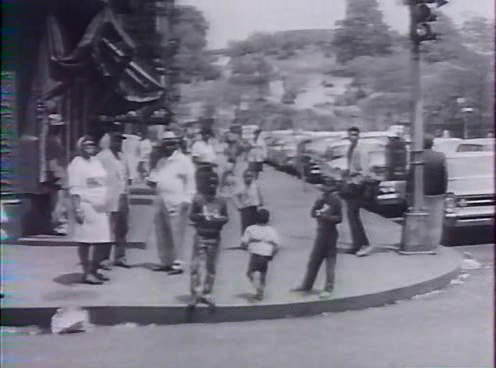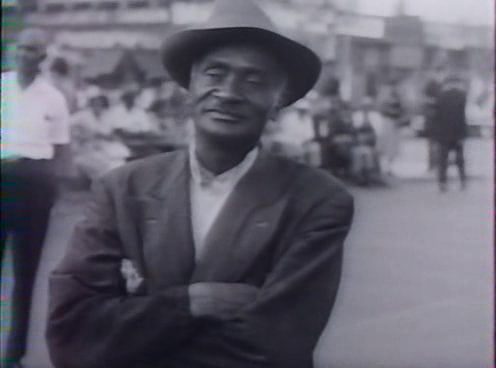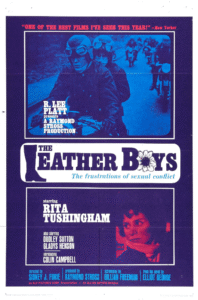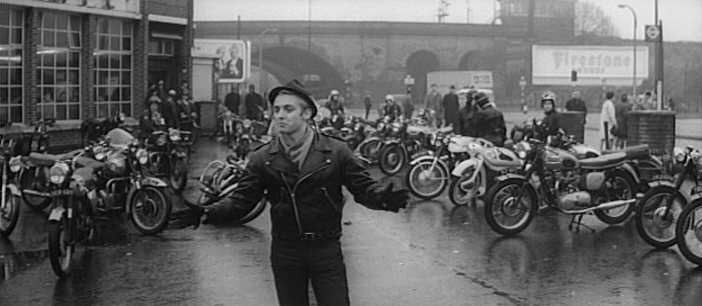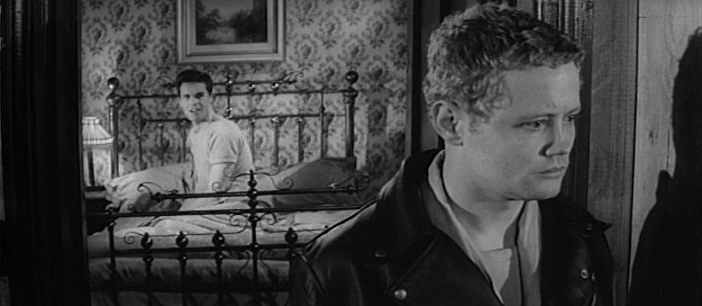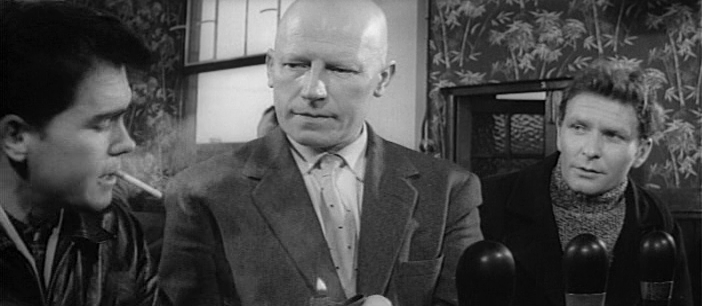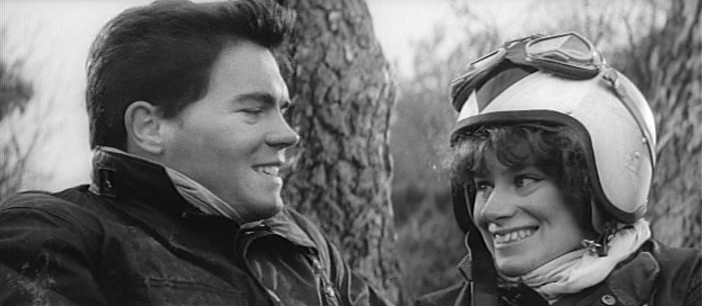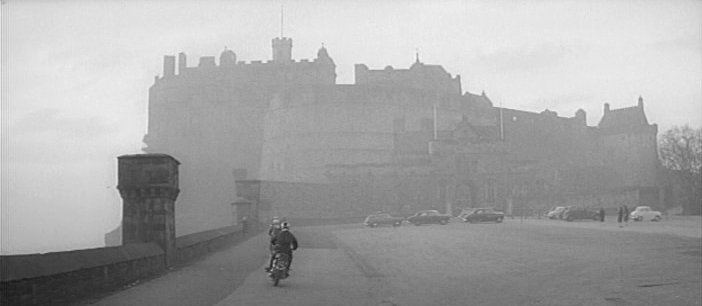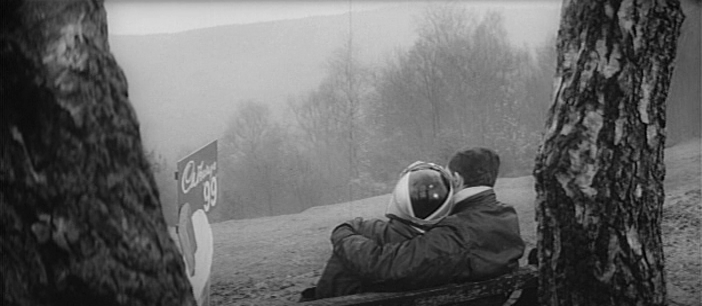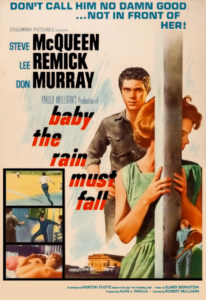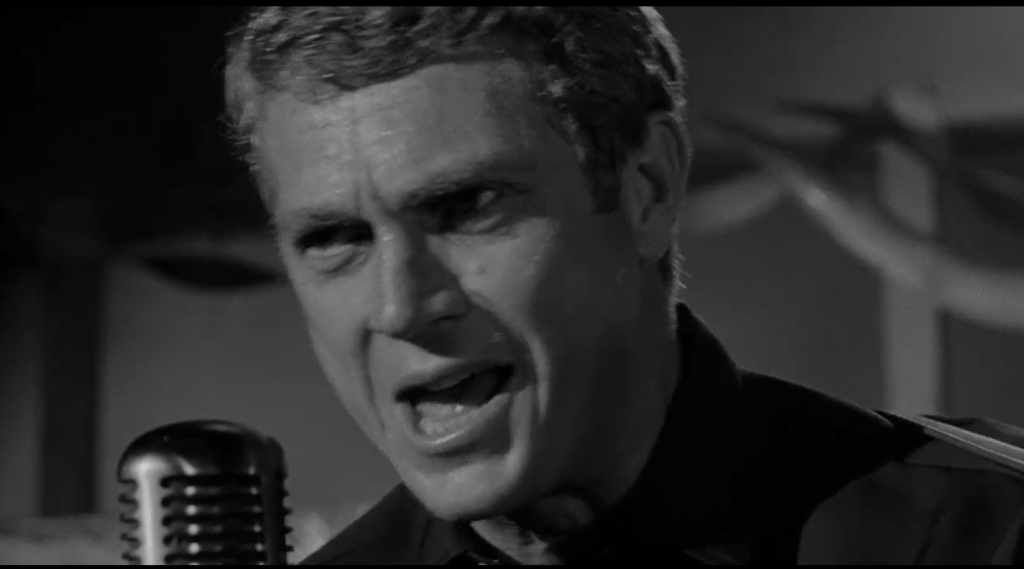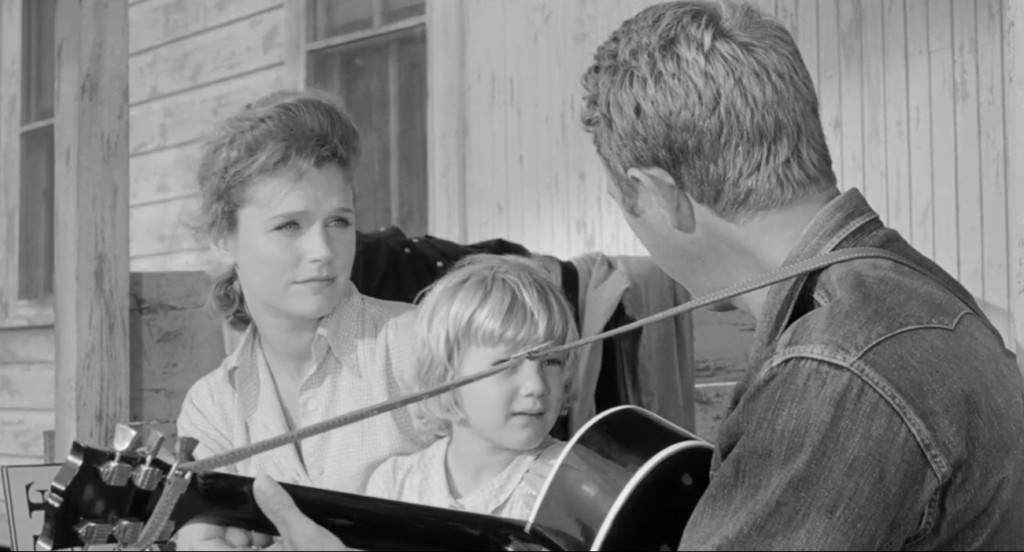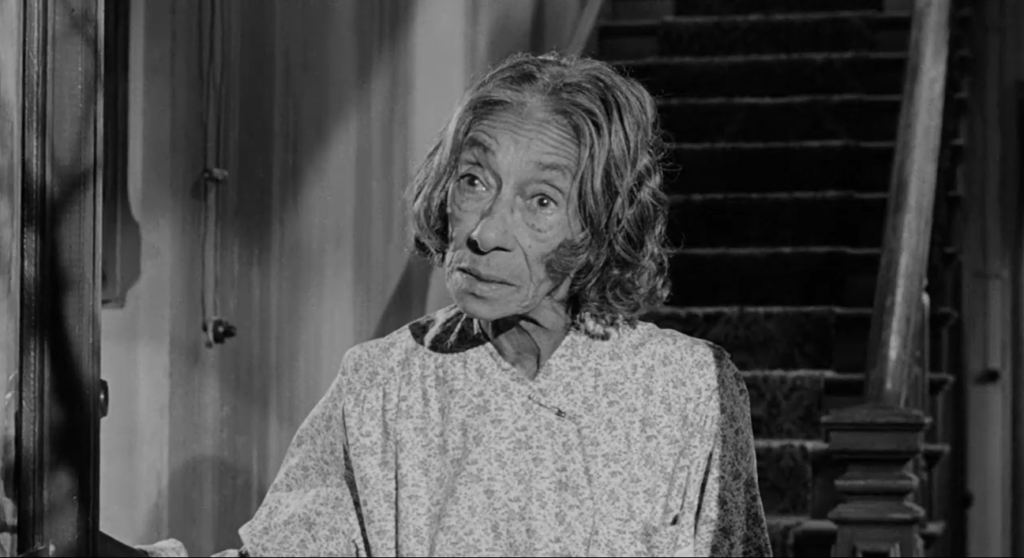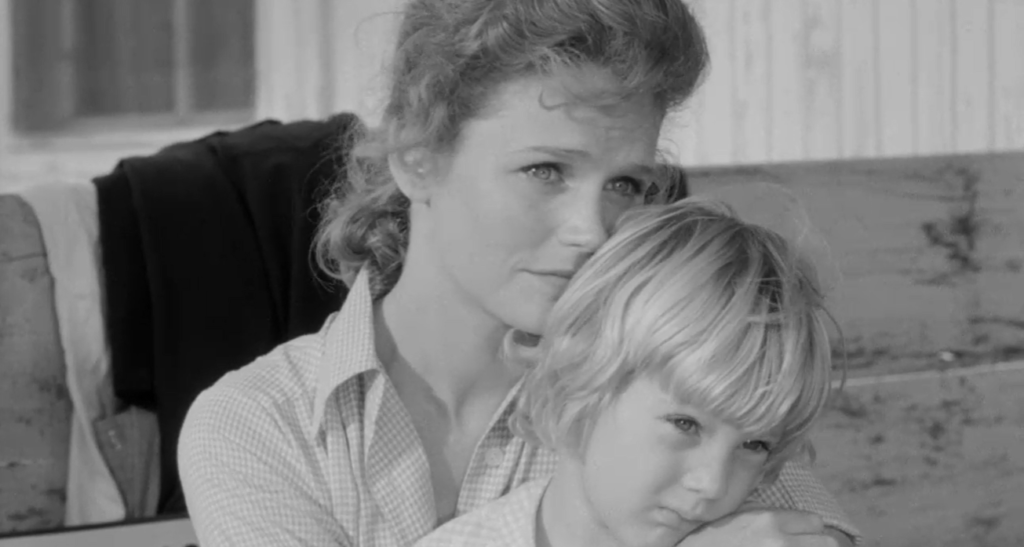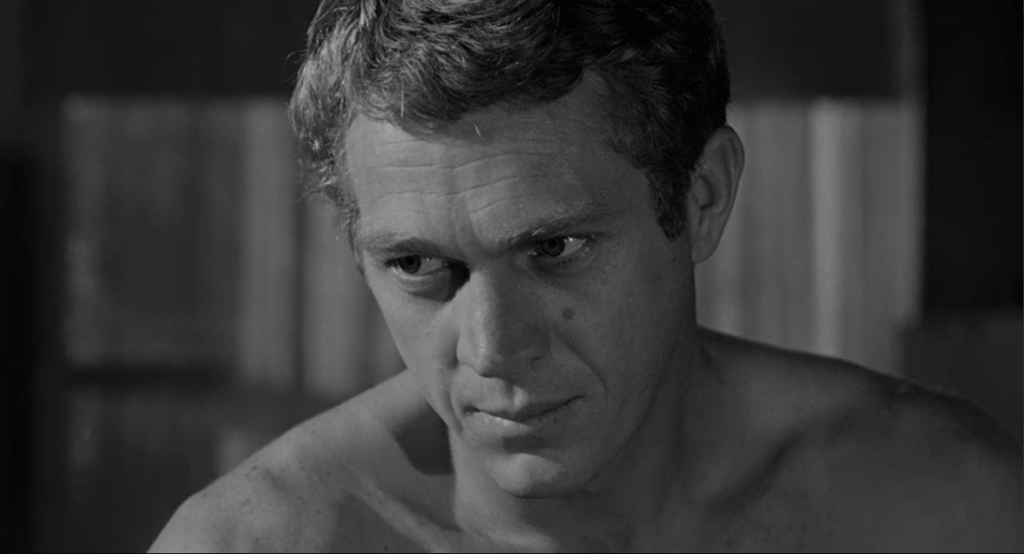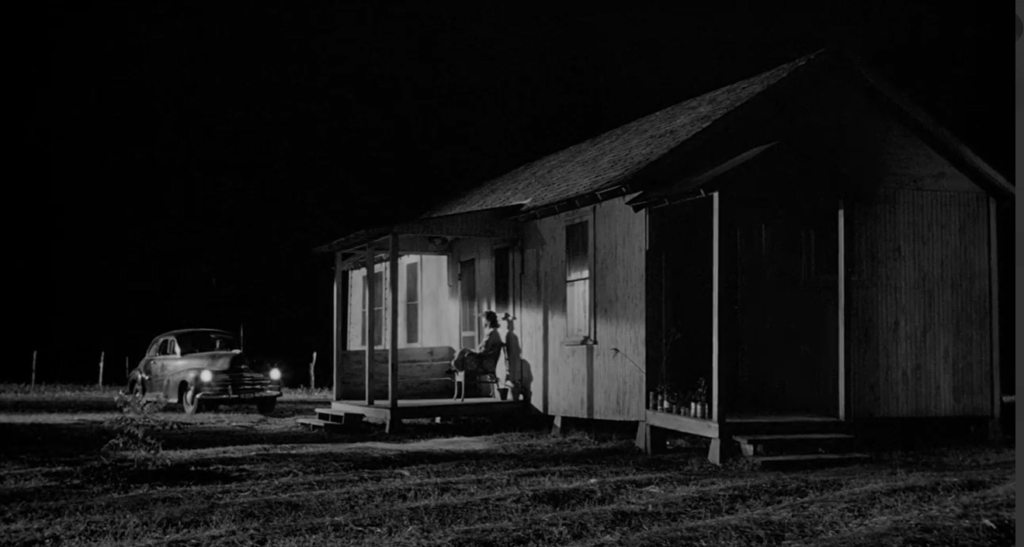Two Rode Together (1961)
“I agreed to nothing; the man’s a scoundrel.”
|
Synopsis: |
|
Genres, Themes, Actors, and Directors:
Review: You could argue that McCabe simply shares and airs the widely held racist ideology of the time, which would be true; but it’s still challenging to listen to him tell a heartbroken father (John Qualen) what has likely happened to his missing daughter Freda:
Granted, McCabe is cynical about sentiments like those from a businessman (Willis Bouchey) willing to pay him $1000 to find a young man — any young man will do — to satisfy his mourning wife:
… which doesn’t make any of the proceedings any easier to swallow. Later, when McCabe’s had far too much whiskey (provided by Bouchey), he elaborates to Jones about what her younger brother would look and act like after so many years living with the Comanches:
Etc. Once we actually meet the young captives, no opportunity is spared to present them as ghoulish, wracked, deeply disturbed individuals: The only hint we get of the possibility for inter-racial harmony involves Stewart’s growing relationship with sympathetic Cristal, who is mercilessly Othered given her relations with a Comanche, but holds on tightly to her values and identity. Meanwhile, we’re given a side romance to root for between Widmark and Jones (years apart in age, but so it goes): … a sassy, strong, middle-aged woman in Hayes’ Belle Aragon: … and, naturally, several comedic sidekicks (including Harry Carey Jr., Ken Curtis, and Andy Devine). Stewart and Widmark turn in solid performances as the leads, though it’s never entirely clear how or why this pair became friends at one point. Note: I recommend Chris Smallbone’s essay on the film for NativeAmerican.co.uk to read more insights on the film’s strengths and omissions related to more overtly portraying racial tensions of the time. Notable Performances, Qualities, and Moments: Must See? Links: |
